 Tata Motors posted its highest-ever consolidated revenue at ‘4.38 lakh crore in fiscal 2024. JLR contributed 70% to the revenue, followed by CVs at 18% and the non-JLR PV business at 12%.
Tata Motors posted its highest-ever consolidated revenue at ‘4.38 lakh crore in fiscal 2024. JLR contributed 70% to the revenue, followed by CVs at 18% and the non-JLR PV business at 12%.Tata Sons is understood to be creating a holding company for Tata Motors to house its passenger car and commercial vehicle businesses that are being demerged and registered as two separate entities.
The boards of these entities will also be refreshed following the creation of the new structure, executives in the know said.
Tata Group chairman N Chandrasekaran will be the chairman of this holding entity with other key executives on board, the executives said. PB Balaji, Tata Motors‘chief financial officer credited with the automobile business’ successful restructuring, may most likely get a leadership role in the passenger vehicle (PV) entity which has more ambitious plans with its electric vehicle business.
The demerger is expected to help Tata Motors raise independent capital for the PV and commercial vehicle (CV) businesses.
“PV is a more tangible growth story capable of commanding better valuations versus the CV business, helping to unlock value for Tata Motors shareholders,” said the head of a leading Mumbai-based brokerage. “Consequently, we may potentially see a listing of the electric PV arm at Tata Motors once the CV and PV businesses are demerged.” Tata Motors did not comment.
The demerger is a logical progression of the subsidiarisation of the PV and EV businesses done in 2022, for both businesses to be accountable and pursue their own strategies to deliver faster growth.
“While there are limited synergy between the commercial vehicle and passenger vehicle businesses, there is immense synergy across PV, EV and JLR (Jaguar Land Rover), in areas of EVs, autonomous vehicles and vehicle software,” said another executive in the know. “While teams are working on it, the demerger process makes it faster.”
The demerger will help differentiate strategies for the two entities. Currently, the mix is heavily tilted in the favor of the PV business, with UK-based luxury-vehicle maker JLR as the main revenue contributor.
Tata Motors’ Indian business, which includes CVs, PVs and EVs, is now debt-free with ‘1,000 crore positive cash. The auto major does not expect debt to be a stress in the demerger.
However, the gross debt of Tata Motors will be split between the two new entities in proportion to the size of their assets. The current asset split between CVs and PVs is 60:40.
The management is hopeful that the demerger will be completed in the first quarter of 2025-26 and it will unlock independent capital structures for both businesses.
Tata Motors’ second-quarter consolidated net profit fell 11% to ‘3,343 crore, hurt by weak performance at the JLR unit and the CV segment.



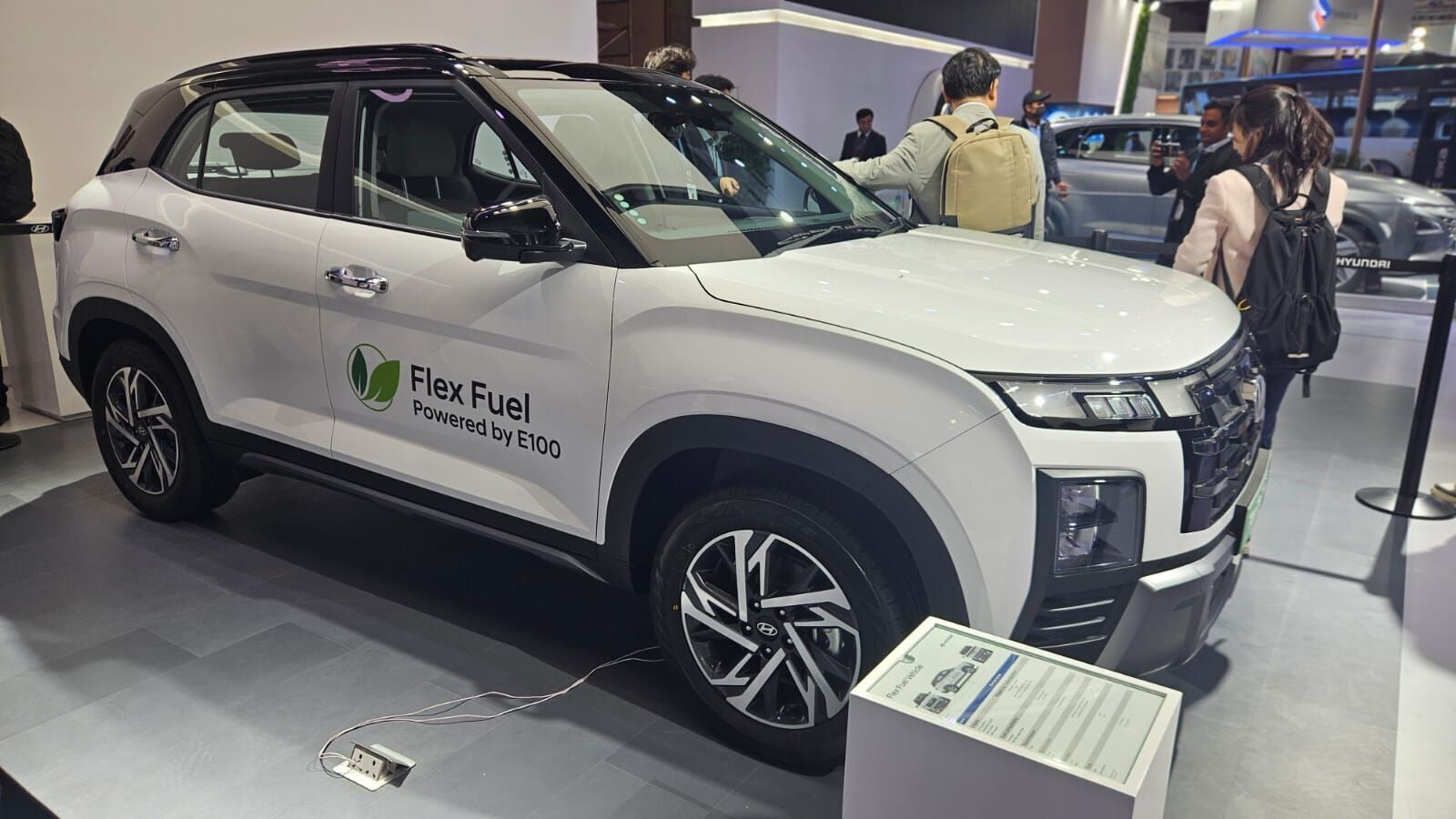
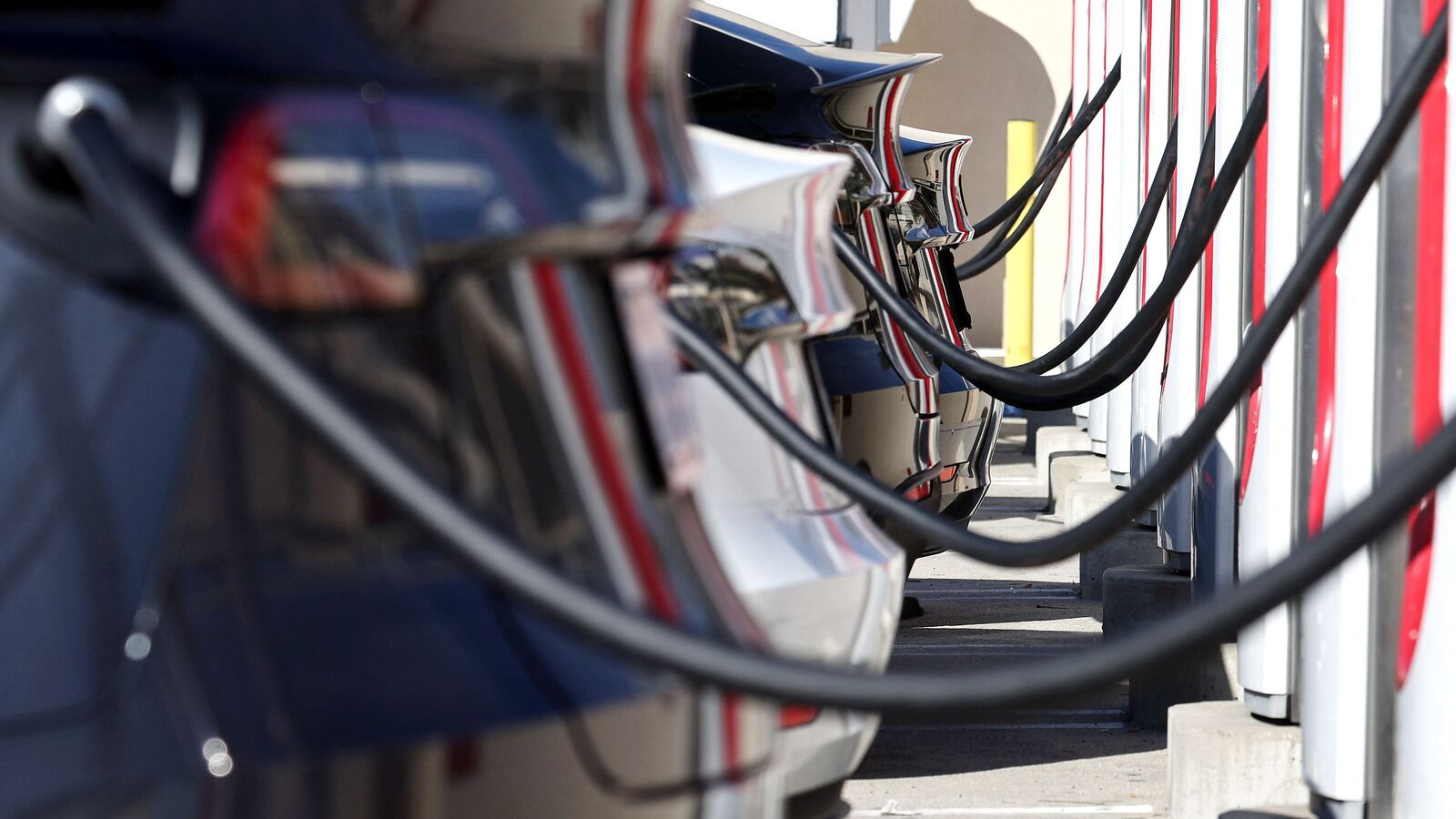


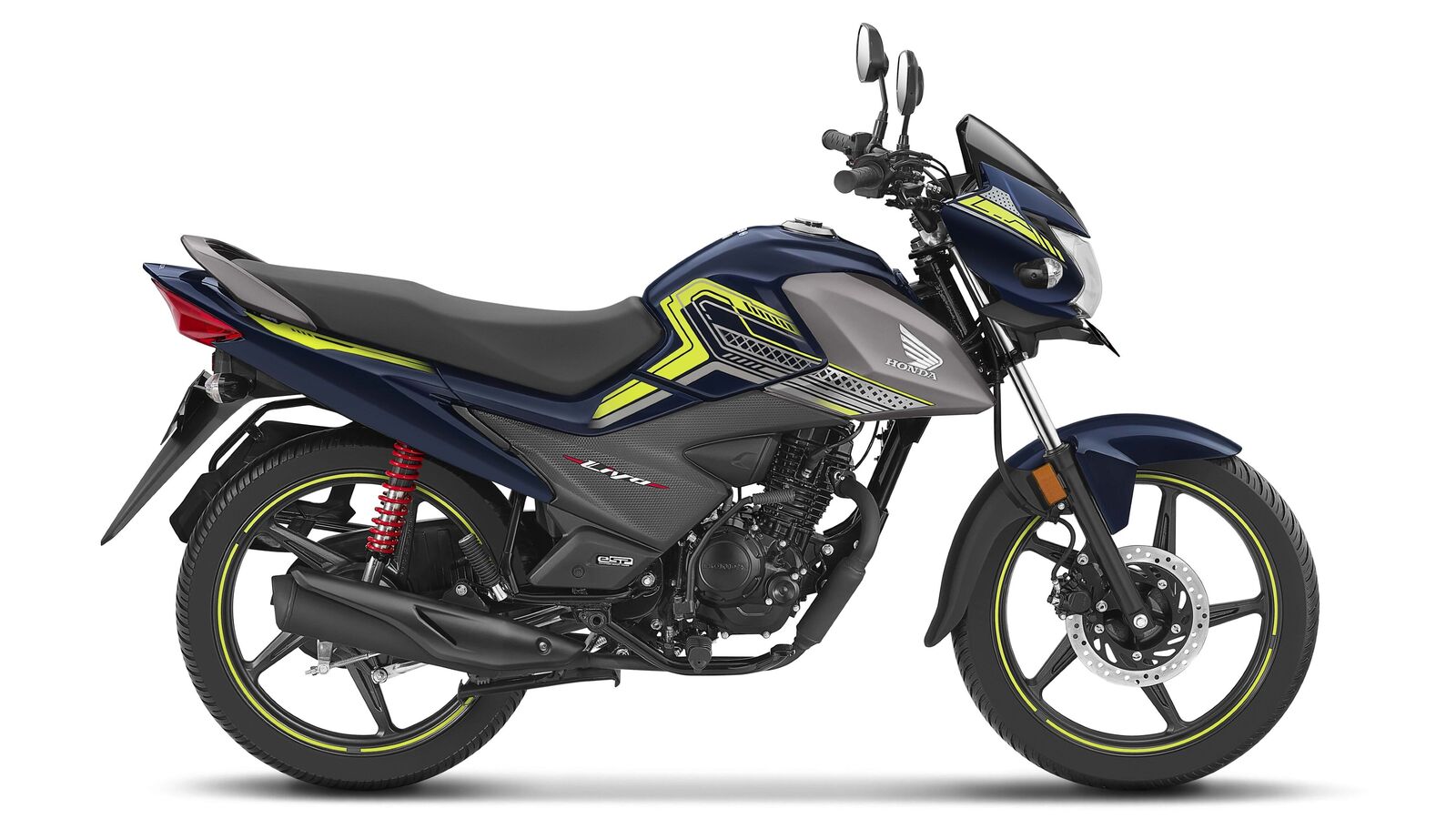
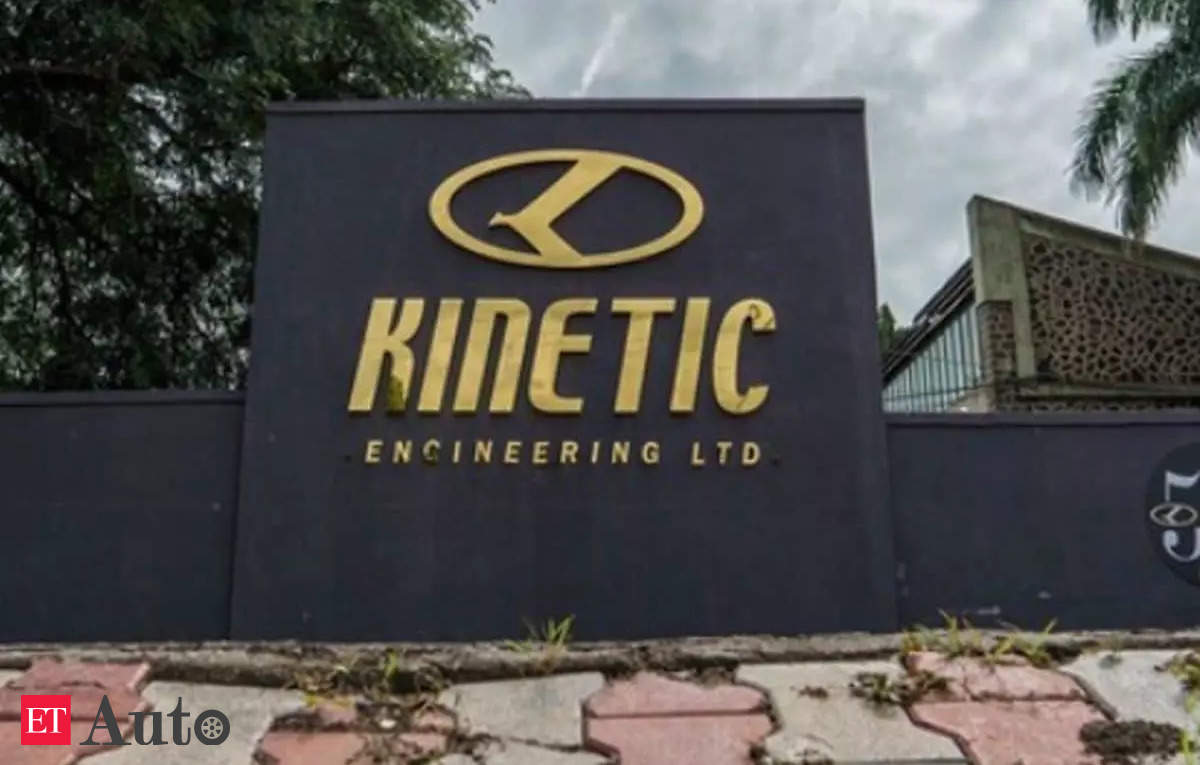
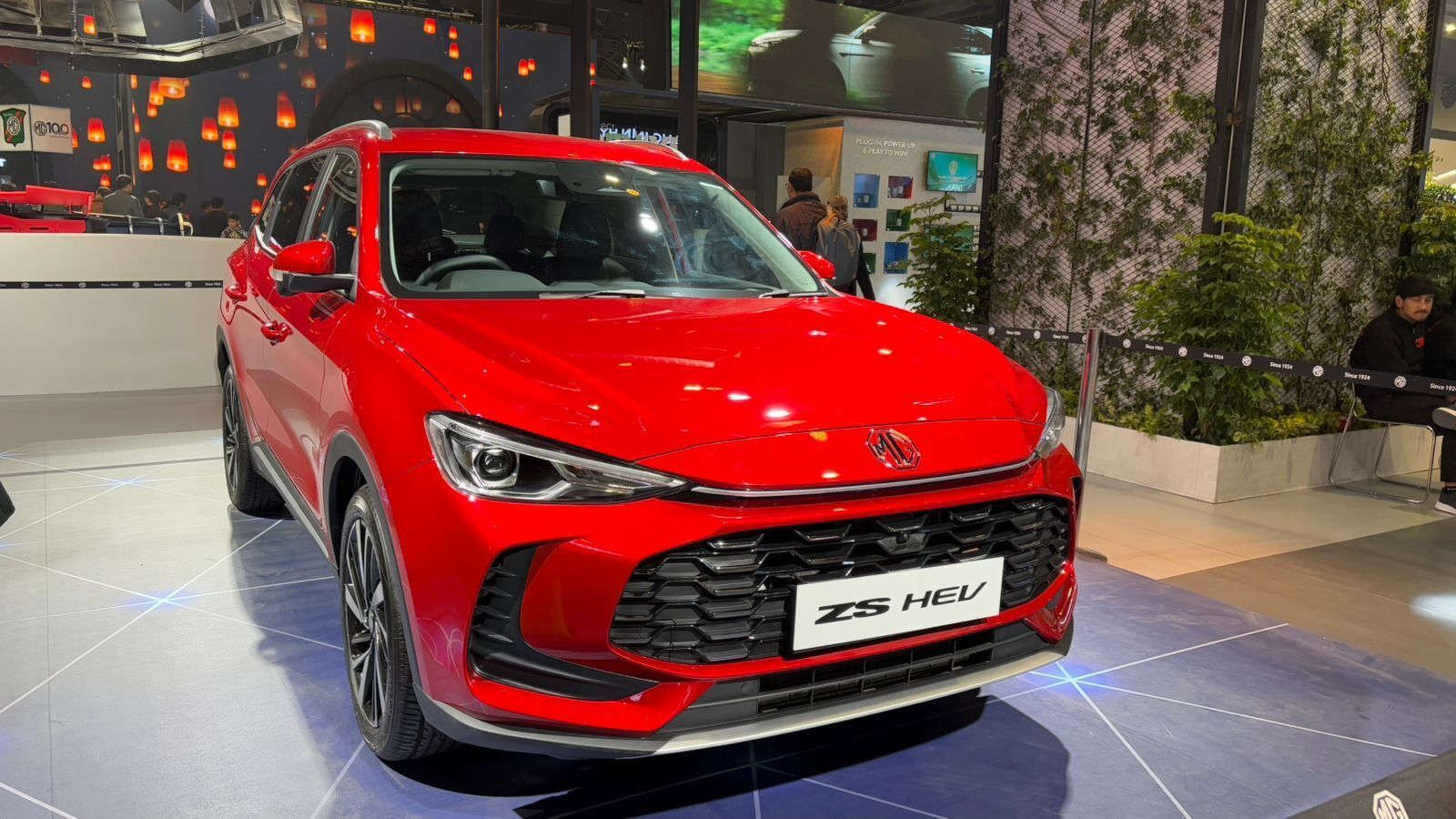



Leave a Reply